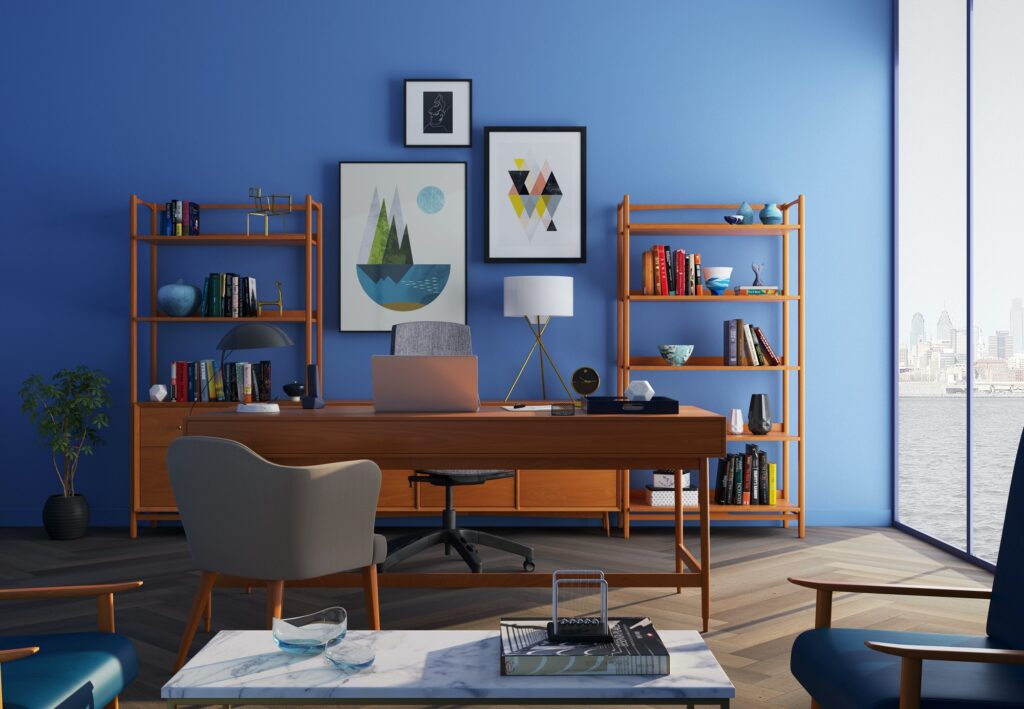During a class last week, one of my teachers mentioned how difficult it is to be creative on demand. While this idea is not new, it got me thinking: is it possible to force creativity, and what environments prevent the need for such a desperate action?
According to Tanner Christensen, brute forcing the creative process produces bad results. Why? Well, creativity is heavily connected to natural interest. Just as money alone can’t make you passionate about a job, you can’t come up with authentic work unless there is a driving motivation that comes from your desire to do it.
For example, consider writer’s block. This is when you want to write but can’t get around to doing it. This problem mostly appears as an internal conflict, but physical environments play a role. As Sean Glatch puts it, “Often, feeling boxed in mentally is the result of feeling boxed in physically. When we’re confined to the same familiar spaces, our brains fall into repetition, and we create habits of stasis rather than habits of imagination. You need something to kickstart that creative flow.” So how can something external (our surroundings), impact the internal (our creativity)?
I think a big factor towards strained creativity is losing our interest in a job because of some sort of exhaustion. We could be physically overtaxed, using the same type of inspiration to produce new work, or experiencing pressure or stress in a certain area. According to one source, several environments, such as a role that doesn’t fit our strengths, stingy freedom and resources, little diversity of thought, and no reassurance will negatively impact our ability to be different. Our minds and bodies react to these stressors and cut out what is not important for surviving the situation. In this case, it’s probably the unique ideas that die first. Everyone is different though, so identifying the situations that turn your play (inner desire to create) into work (feeling obligated to crank out work) will be very beneficial.
On the other hand, some companies are learning to implement engaging architecture into the workplace environments to encourage a more effective workspace. Children’s hospitals are amazing examples, but others, like ShipWorks, are also implementing unique spaces, too. The company’s co-CEO says that “We’re able to resolve technical issues more quickly, drive innovation much faster, and serve our customers in ways that simply were not possible before.”






